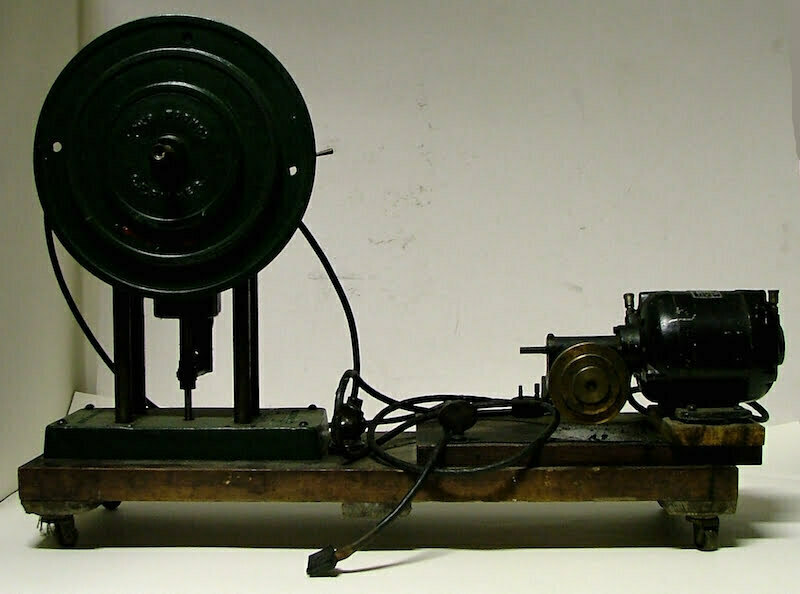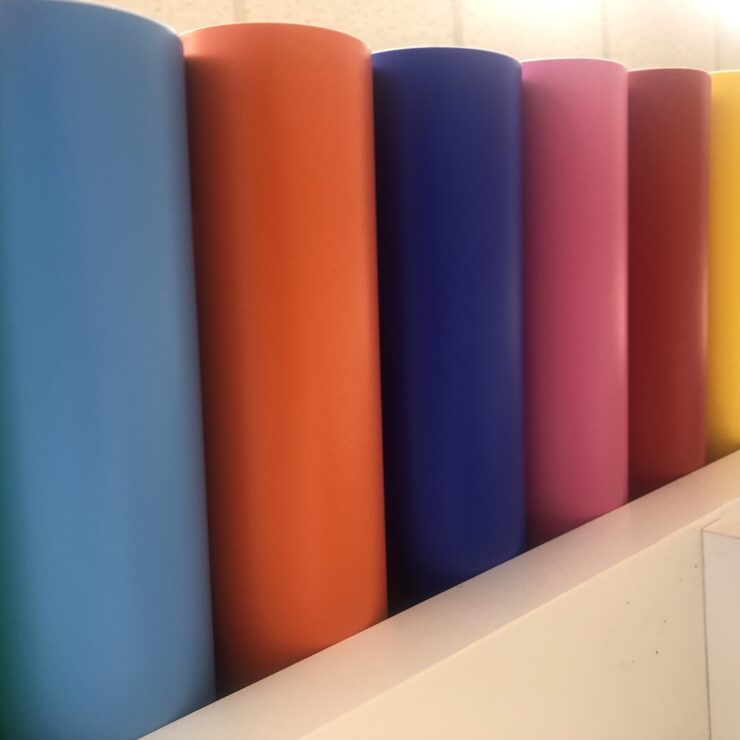Technology Object of the Day – Kymograph

Kymograph
DUNUC 4371, equipment, working part of Brodie-Starling Long Paper Kymograph Unit (used in Physiology, early 20th c.). Medical History Collection.
A kymograph (which means ‘wave writer’) is a device that geographically records changes in position over time. The Kymograph consists of a revolving drum wrapped in paper and a stylus that moves back and forth recording any changes such as pressure or motion on that paper. The paper would have time intervals recorded on it which allowed someone to then record the data. The kymograph has been used most commonly in the field of medicine to study things like blood pressure, respiration and muscle contractions. German physiologist Carl Ludwig invented the kymograph in the 1840s and primarily used it to study changes in blood pressure as well as speech sounds. A person would read out loud and the vibrations of the sound would be recorded by the kymograph which made it possible to study sound duration, intensity and pitch. Kymographs were used for a variety of purposes over the course of the 1800s for example, to study the influence of drugs on organs and the function of steam engines.
Kymographs have since been replaced with modern instruments however kymograph analysis is still commonly used in physiological and biological experiments, and in some pharmacological testing, to record mechanical activities of animal tissues and to study how muscular tissue reacts to drugs and other stimuli.
References:
Credit: Copyright University of Dundee Museum Services, www.dundee.ac.uk/museum


